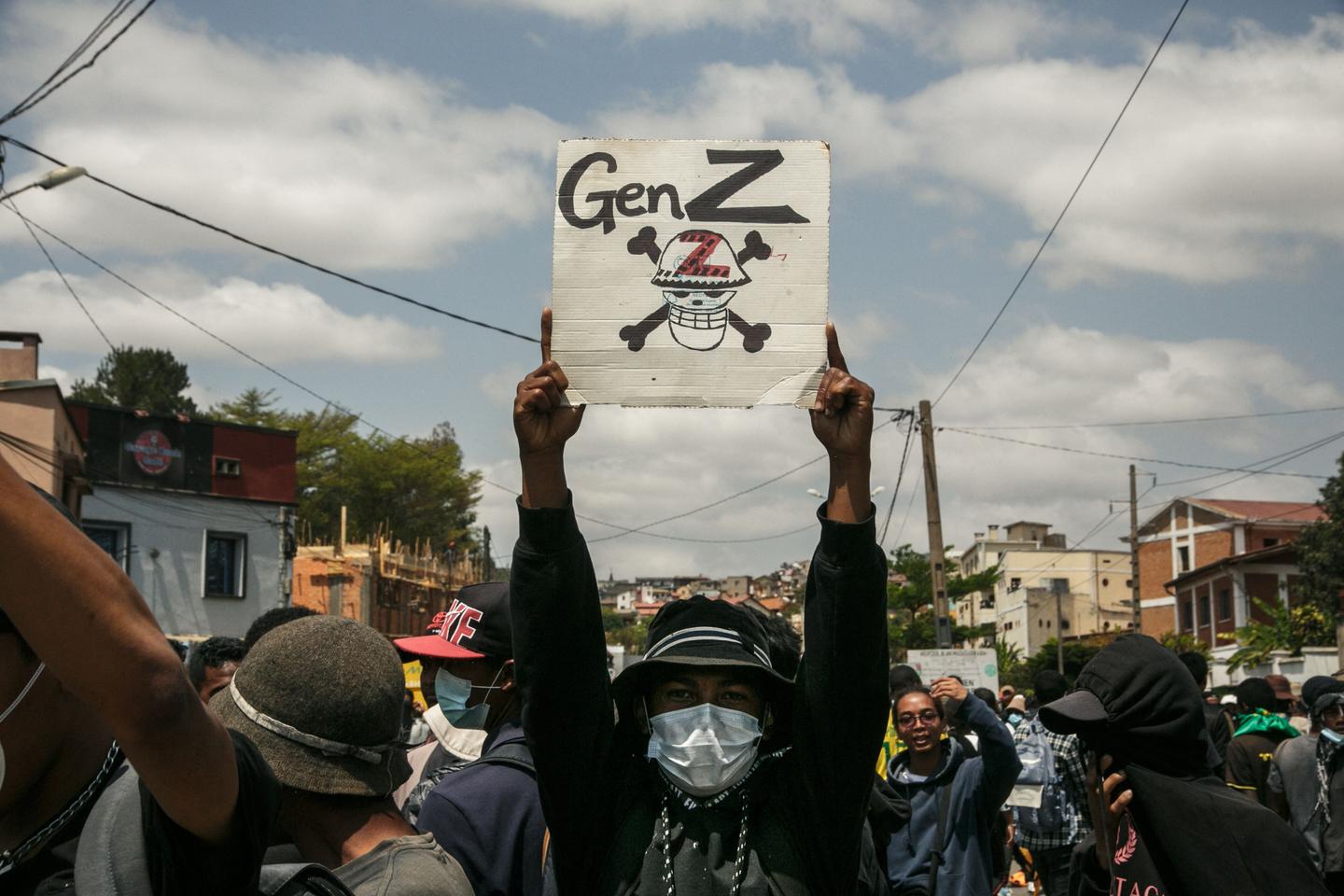Madagascar President Dissolves Government Amidst Deadly "Gen Z" Protests
President Andry Rajoelina of Madagascar dissolved his government on Monday following days of deadly, youth-led protests sparked by widespread discontent over water and power shortages. The United Nations reports that at least 22 people have died and over 100 have been injured during the unrest, prompting international concern and scrutiny of the government's response.
Background and Triggers of the Protests
The protests, dubbed the "Gen Z" protests, began in Antananarivo, the capital, and quickly spread to at least eight cities across Madagascar. Thousands of young people took to the streets, voicing their anger over chronic electricity and water cuts, widespread poverty, and a perceived lack of government action to improve their living conditions. Demonstrators held signs with slogans like "We want to live, not survive," highlighting their desperation and frustration.
- Chronic electricity and water shortages.
- Widespread poverty affecting a large portion of the population.
- Lack of government responsiveness to citizens' needs.
- Inspiration from other Gen Z-led protests around the world.
Government Response and International Reaction
President Rajoelina addressed the nation in a televised address, acknowledging the public's anger and apologizing for the government's shortcomings. He announced the termination of the Prime Minister's and the government's functions, with interim ministers remaining in place until a new government is formed. However, security forces have been criticized for their heavy-handed response to the protests, using rubber bullets and tear gas to disperse crowds. The UN's human rights chief condemned the "unnecessary force" used by security forces.
Madagascar's foreign ministry has disputed the UN's death toll, alleging the data is "based on rumours or misinformation."
Underlying Issues and Historical Context
Madagascar, an island nation off the east coast of southern Africa, is one of the world's poorest countries. According to the World Bank, approximately 75% of its 30 million people lived below the poverty line in 2022. Despite having natural resources, the nation struggles with corruption and unreliable infrastructure. This is not the first time Madagascar has been rocked by political unrest, with previous uprisings in 2009 forcing a change in leadership.
"I understand the anger, the sadness, and the difficulties caused by power cuts and water supply problems," Rajoelina said. "Your demands have been heard, and I apologize if there are members of the government who have not done the work that the people expected."
The "Gen Z" Movement and its Inspirations
The protests in Madagascar have been largely coordinated on social media, particularly Facebook, and draw inspiration from other youth-led movements around the world, including those in Kenya and Nepal. The protesters have adopted a pirate flag from the Japanese anime series "One Piece" as their rallying symbol, mirroring its use in anti-regime protests in other countries. The adoption of the "Gen Z" label highlights the youth demographic at the forefront of the demonstrations.
The movement is inspired by recent events in other countries, particularly:
- Nepal
- Kenya
- Indonesia
Future Implications and Challenges
The dissolution of the government marks a significant moment in Madagascar's political landscape. The new government will face the immediate challenge of addressing the grievances of the protesters and improving living conditions for the majority of the population. The long-term stability of Madagascar will depend on addressing the root causes of poverty, corruption, and infrastructure deficiencies.
 Visit the website
Visit the website






